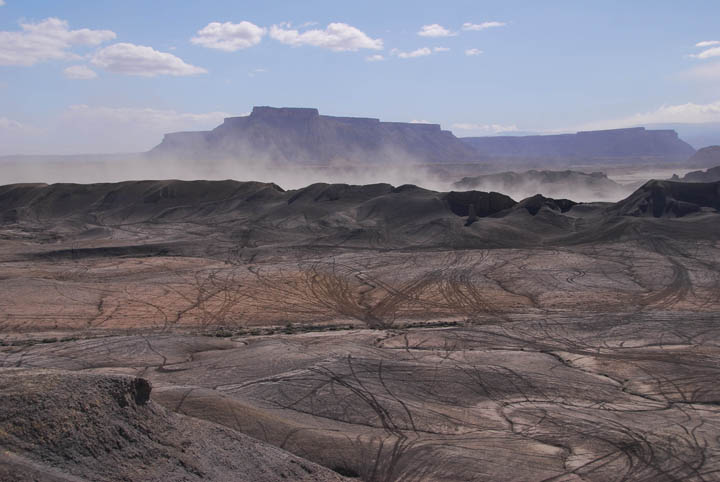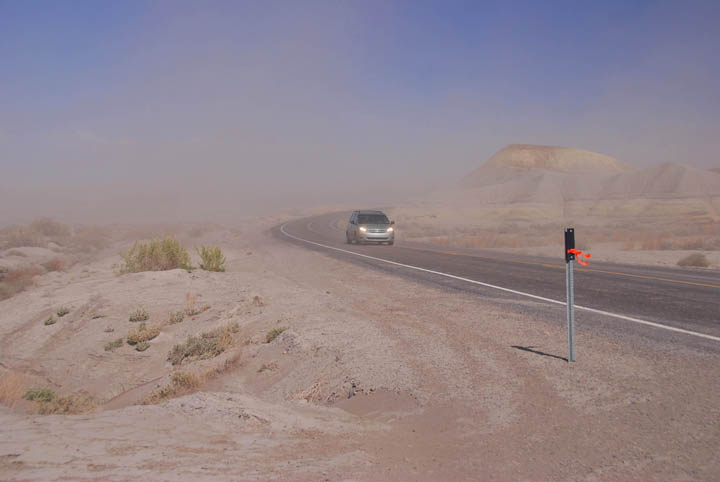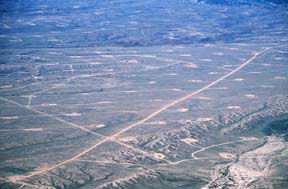|
Climate Change In the West: What It Means for Utah Wilderness
Climate change is affecting the health of our public lands. Already we are seeing an overall increase in temperatures, and scientists from the U.S. Geological Survey predict an increase of 4-6 degrees celsius during this century. What does this mean for Utah wilderness lands? According to the U.S. Geological Survey and others, we can expect:
It’s not a hopeless situation, though, and there are measures we can take now to prevent the worst of these outcomes. The best strategy for protecting our public lands and making them as resilient as possible to these effects is by protecting the integrity of undisturbed native landscapes. Here in
SUWA has pursued these goals for decades now, but the specter of climate change makes protecting our wild landscapes even more urgent. With this in mind, we're working to develop expertise on climate change and its effects on public lands, and we're urging the Bureau of Land Management to take climate change into account in its policies and decisions, especially as it completes new land management plans around the state. |
Unsupported global dynamic element: index=361, parameter=nullUnsupported global dynamic element: index=366, parameter=BUTTON_IMG_TYPE;LIGHT_MEDIUM_LONGUnsupported global dynamic element: index=362, parameter=URL;http%3A//action.suwa.org/site/PageServer%3Fpagename%3Dwork_ClimateChange|LINK_TEXT;Share%20on%20Facebook|COMPONENT_NAME;fbconnectshare Red Dust Melting Colorado Snow
|

 Southern Utah Wilderness Alliance
Southern Utah Wilderness Alliance
Protecting Utah's Redrock Country



